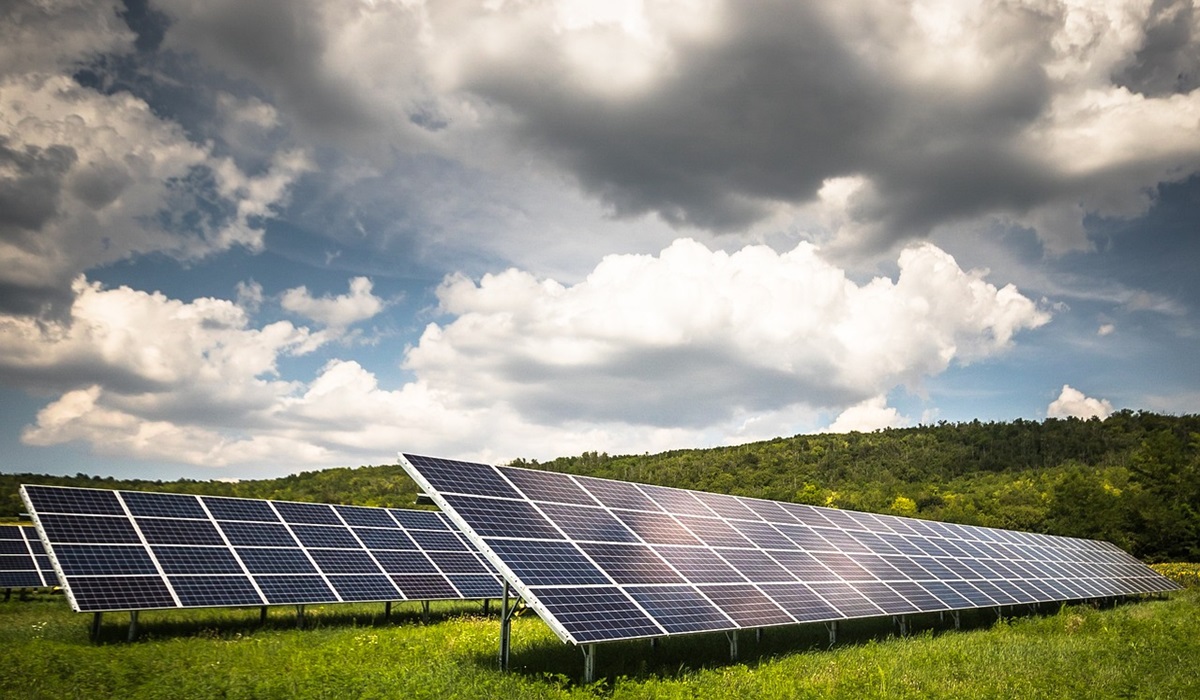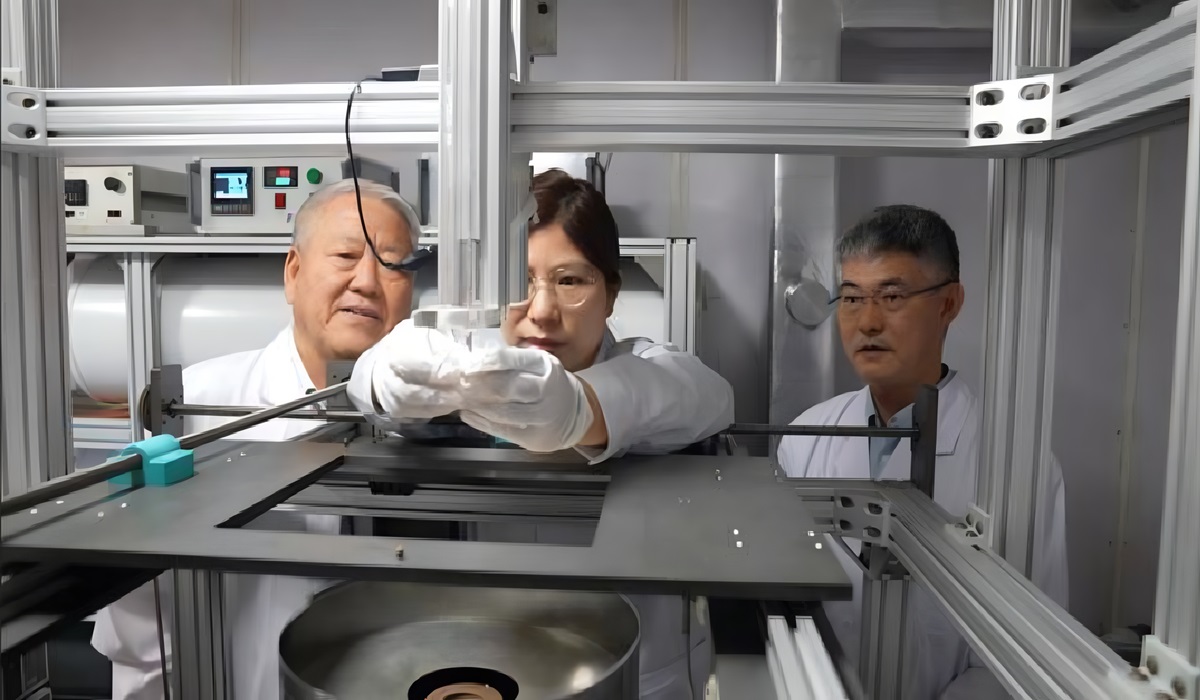Canada Invests $33 Million in Indigenous-Led Solar Project in Saskatchewan
- Ingrid Jones
- Trending News
- Environment
- Technology
- August 27, 2025

Image Credit: Zsuzsa Bóka
BETHUNE, Sask. — The federal government is investing more than $33 million to support an Indigenous-owned solar farm near Regina, marking one of Saskatchewan’s most significant renewable energy projects to date.
Natural Resources Minister Tim Hodgson announced the funding Tuesday, saying the project demonstrates both Canada’s clean energy ambitions and the leadership of Indigenous communities in building them.
The Wicehtowak Solar Project, spearheaded by the George Gordon First Nation through its company Wicehtowak Solar Ltd., will see the construction of a 32-megawatt solar farm using bi-facial solar panels. Once complete, it will generate enough electricity to power thousands of homes while serving as a test case for new ways of selling power in Saskatchewan.
Unlike traditional renewable developments in the province, electricity from the solar farm will be sold indirectly to K+S Potash Canada under a 30-year agreement, routed through SaskPower’s grid. Federal officials said the deal marks the first time a private developer has been able to sell electricity to an industrial customer in Saskatchewan, potentially paving the way for other commercial arrangements.
“This is about partnership and possibility,” Hodgson said. “By working hand in hand with Indigenous communities and the energy sector, we are reducing costs, creating jobs and ensuring more clean power reaches Canadian families and businesses.”
Mandy Gull-Masty, Minister of Indigenous Services, called the development a milestone for both energy policy and reconciliation. “George Gordon First Nation has shown that Indigenous leadership in clean energy is forward-thinking and rooted in community,” she said. “Projects like this prove that collaboration leads to economic opportunity while lowering emissions.”
Community leaders stressed that the initiative goes beyond producing electricity. Don Ross, chief executive of George Gordon Developments Ltd., said revenues from the project will support long-term growth for the First Nation. “Wicehtowak Solar represents what’s possible when Indigenous leadership and industrial innovation come together,” Ross said. “The benefits will be felt for generations.”
Industry partners echoed that view. K+S Potash Canada president Sam Farris said the project will help the company reduce emissions while supporting Indigenous economic development. “This demonstrates how renewable power and industrial demand can align,” Farris said. “It’s good for our operations and good for the province’s future.”
SaskPower president Rupen Pandya noted the utility’s role in enabling the agreement through an exclusive franchise waiver. “This shows SaskPower is adapting to meet changing needs, while supporting reconciliation and renewable growth,” Pandya said.
The federal funding comes from Ottawa’s $4.5-billion Smart Renewables and Electrification Pathways Program, designed to accelerate grid modernization and the growth of non-emitting generation across Canada. Additional support of more than $430,000 was provided through Indigenous Services Canada’s Strategic Partnerships Initiative and Community Opportunity Readiness Program.
Officials said the project will create new employment opportunities for members of the George Gordon First Nation, expand local training and build capacity for future clean-energy investments.
Hodgson argued that the initiative is part of a broader push to position Canada as a clean energy leader. “When Indigenous communities are at the forefront, everyone benefits,” he said.
Construction on the Wicehtowak Solar Project is set to begin later this year, with power expected to flow into the SaskPower grid by 2027.








